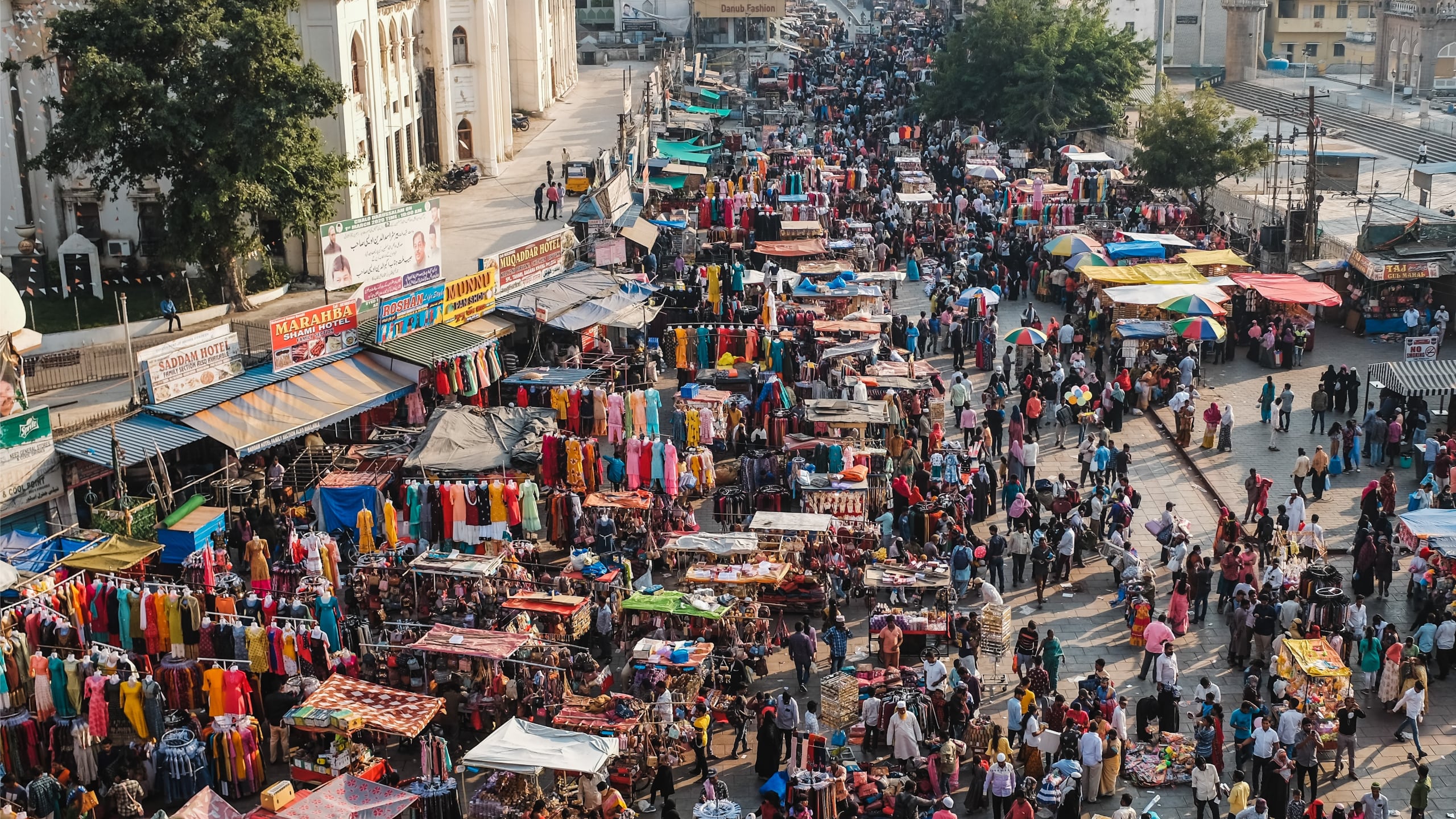Sydney Business Insights

Megatrends watch
India’s population overtakes China
India has overtaken China as the world’s most populous country, according to UN population estimates, the most significant shift in global demographics since records began.
The Guardian | April 2023
It’s the most significant demographic event since the United Nations started keeping population records in 1950.
India is now the most populous nation on earth, overtaking China which had previously been the only country to hold the top spot. The demographic change megatrend’s impact on this century is inscribed in the events unfolding within these two mega nations.
Demographically, China was famous for its historical one-child policy, introduced in 1982 to curtail its rapidly expanding population. This program’s success caused a policy reset in the first part of this century – when China’s leaders announced firstly a two-child and then a three-child policy updates, in 2013 and 2021 respectively.
However, China’s population is expected to drop by 10% in the next two decades. Its government’s recent attempts to reverse the downward population trend have been largely unsuccessful.
China, like its near neighbours Japan and South Korea, will need to deal with the economic and social issues that an ‘ageing’ population brings.
India’s story
Since 1950, India’s population has grown by more than a billion.
Each day in India, 86,000 babies are born, compared with 49,400 in China. India now has the largest ‘young’ population in the world. But India is also experiencing the impact of this century’s demographic change megatrend: its population growth is also slowing, and will peak at 1.7 billion by 2064.
India’s working problem
In the meantime, the question is whether India will reap the benefits of the ‘demographic dividend’ that proved so powerful in China, where its youthful population was instrumental in powering China’s economic boom, particularly in manufacturing.
India will need to create enough jobs for this rising demographic – currently only 40% of India’s working age population either works or wants to work. And while in China women really do hold up half the sky with almost 70% of working age women participating in the labour force, barely 10% of similar aged Indian women do.
Ageing gracefully
The demographic change megatrend of an ageing population will catch up with India later this century, but like China, these two dynamic but also very traditional societies must both confront the need to reformulate social norms.
In most countries, supporting an older population is viewed as a growing burden on national resources. How will responses differ according to social and cultural norms as well as economic rigidities? Delayed retirement, new family structures, and innovative housing policies are just some of the suggestions for turning an inevitable trajectory into a positive outcome.
Subverting
Stable
Accelerating
This update is part of our Megatrends Watch series, which tracks developments that inform our six global megatrends….
Image: Tejj
Sydney Business Insights is a University of Sydney Business School initiative aiming to provide the business community and public, including our students, alumni and partners with a deeper understanding of major issues and trends around the future of business.
Share
We believe in open and honest access to knowledge. We use a Creative Commons Attribution NoDerivatives licence for our articles and podcasts, so you can republish them for free, online or in print.









